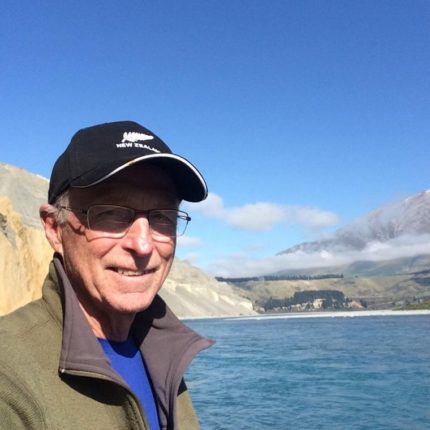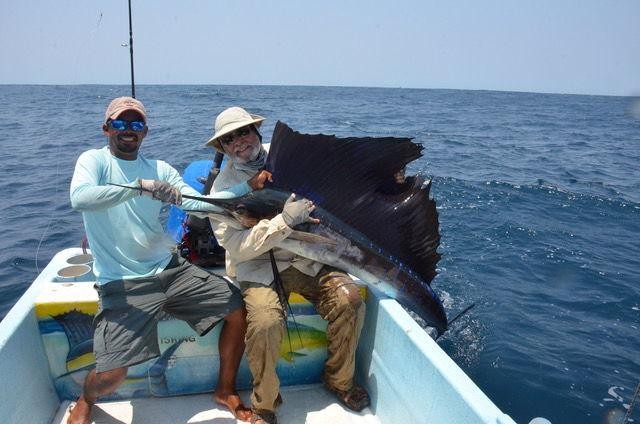The bison were out in full regalia, sightings of grizzly bears brought traffic to a halt, and Old Faithful continued to erupt on schedule as Yellowstone’s Montana entrances opened welcoming Idahoans. Concerns of coronavirus were put aside for a moment as family enjoyed one of America’s premier natural attractions. Traveling in the park was enjoyable with light traffic, clear roads and only the occasional “bear jams” with visitors gawking at wildlife while parked in the middle of the road.
Now is the time to visit the park. The animals have not been bothered by thousand of cars, loads of buses and tourists and are less wary. You have the trails to yourself and the thermal wonders are as spectacular as ever, minus the normal throngs of people. Plus, cutthroat trout fishing is good.
The June 1 opening of the West Yellowstone gate provides Idahoans excellent access to the park. The best way to keep informed on park facilities from lodge openings to construction closures is by going to nps.gov/yell. Updates are posted on nps.gov/coronavirus.
Yellowstone’s classic places to visit
Lamar Valley in the northeast corner of the park is a vibrant green with bison dotting the landscape. Called the Serengeti of North America, it is where wolves, elk, bison and antelope live out a real-life drama unchanged by time. The chance of seeing a wolf draws visitors from around the world here. Driving down the highway, I spotted dozen photographers at Slough Creek. Big camera lenses and spotting scopes marked the spot to get a long distance look at a wolf den and possibly mom with the pups. Bent over 60 power optics, visitors were watching and photographing wolves nearly a mile away.
Farther on, I saw two different grizzlies on the mountain sides near Pebble Creek. Both bears were over a quarter mile away but drew a flock of photographers snapping pictures through long lenses. They ignored a striking pronghorn antelope not 50 yards up the road that was grazing unconcerned.
Mammoth Hot Springs
In early morning light, the travertine-formed terraces of Mammoth Hot Springs glowed. A short walk up the boardwalk, the world of geyser basin formations called. The elegant flowing beauty of golds, yellows, white and copper colors found in the formations are best described in photographic brilliance not words. These flowing hot springs have a singular beauty.
In town, elk graze on the lawn and around the park residences. I photographed a month-old calf out of my truck window!
The main challenge here is that little except a grill offering take out food is open for dining. Campgrounds and the hotel are closed. Some opening are planned in the near future so call ahead or check the website for information.
Hayden Valley
Bison are currently the main attraction in Hayden Valley. Parked in one of the pull outs, I had a herd of over 100 scattered around my vehicle on both sides of the road. They were so comfortable they slept next to road while their young calves snoozed or romped. Once the traffic increases, they will move away from the roadways.
At LeHardy Rapids on the Yellowstone River, I spotted three male Harlequin ducks diving in the rapids for insects. Not much bigger than a pigeon, they bob and dived in the rapids with great agility. Their plumage is a unique pattern of bold white and black crescents with spots and puffs of cinnamon. They breed along the Yellowstone River after flying in from the pacific coast. Truly a splendid bird.
Old Faithful Geyser
The only semi-crowed place I encountered was Old Faithful. Even during a pandemic, it can draw a crowd. Erupting with its usually precision, everyone knew when to grab a seat to watch it go off. Jetting water into a blue sky it was spectacular. Most visitors adhere to 6-foot distancing requests even at the seating area.
Take a walk through the basin surrounding Old Faithful. Enjoy the series of small geyser spouting regularly and swirling river pools. Unfortunately the historic inn, where a hot cup of coffee or tea was always welcome, is closed.
Weekend tripping
Pack the car, gather up what you need and go to Yellowstone before the crowds arrive. You can get hotels and camping spots outside the park in West Yellowstone or Gardiner, Montana. NPS is doing a good job of keeping the park bathrooms open and facilities sanitized. They are letting the public do their own social distancing and from what I saw it is working fairly well. Enjoy this rare opportunity. Remember how lucky we are to be close to the park.
Harry Morse is currently a freelance writer living in Pocatello. His articles have appeared in national hunting and fishing magazines. The majority of his career he worked for Washington, Idaho and California Departments of Fish and Wildlife as an information officer. He has travel broadly an enjoys photography, fishing and hunting.







